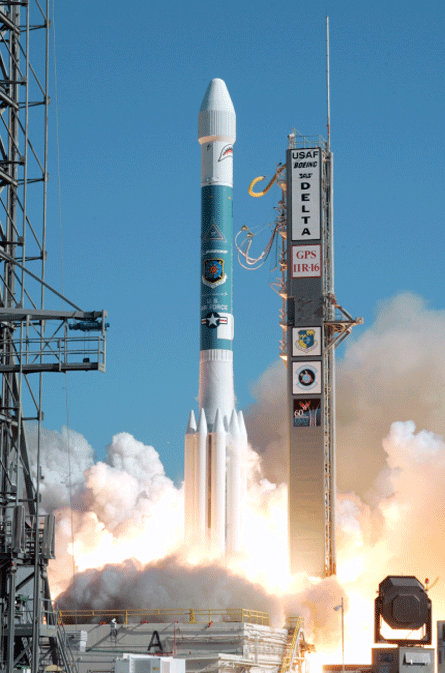NASA has selected three payloads for launch aboard the United Launch Alliance (ULA) Delta II, using three of the final five launch vehicles.
The launcher was selected to launch the soil moisture active passive (SMAP) satellite in October, 2014, the Orbiting Carbon Observatory-2 (OCO-2) in July 2014, and the Joint Polar Satellite System-1 (JPSS-1) in November, 2016.
Delta II was replaced in the early 1990s by the evolved expendable launch vehicle (EELV) programme, which resulted in the Boeing Delta IV and the Lockheed Martin Atlas V. After EELV certification, NASA and other organizations depleted the backlog, save five partially-assembled Delta IIs, which were added to NASA's list of possible launch vehicles in 2011.
Due to low flight rates and correspondingly higher costs, there has been little interest in restarting Delta II production. Competitors have been building launch vehicles aimed squarely at Delta II's market, including Orbital Sciences with its yet-to-fly Antares and Stratolaunch's still-on-paper air-launch concept.
SMAP and OCO-2 will be used for scientific observations, tracking soil moisture and carbon emissions respectively.
OCO-2 is a replacement satellite for OCO-1, which was destroyed during launch in 2009 on an Orbital Sciences Taurus launch vehicle. JPSS-1 is the first of a new generation of weather satellites for use in daily forecasting.
 |
|---|
©ULA |
Source: Flight International


























